Perhaps with all of the horror swirling about in the news, you missed this information: the National Center for Health Statistics at the CDC added new codes for patients experiencing sexual and labor trafficking to be used beginning October 1st, 2018. This will allow for more accurate data collection, differentiating human trafficking patients from other types of abuse patients.
T codes to report for cases of suspected and confirmed forced labor and sexual exploitation:
Under Adult and child abuse, neglect and other maltreatment, confirmed
T74.5 – Forced sexual exploitation, confirmed
T74.51 – Adult forced sexual exploitation, confirmed
T74.52 – Child sexual exploitation, confirmed
T74.6 – Forced labor exploitation, confirmed
T74.61 – Adult forced labor exploitation, confirmed
T74.62 – Child forced labor exploitation, confirmed
Under Adult and child abuse, neglect and other maltreatment, suspected
T76.5 – Forced sexual exploitation, suspected
T76.51 – Adult forced sexual exploitation, suspected
T76.52 – Child sexual exploitation, suspected
T76.6 – Forced labor exploitation, suspected
T76.61 – Adult forced labor exploitation, suspected
T76.62 – Child forced labor exploitation, suspected
Z codes for the examination and observation of human trafficking victimization:
Under Encounter for examination and observation for other reasons
Z04.81 – Encounter for examination and observation of victim following forced sexual exploitation
Z04.82 – Encounter for examination and observation of victim following forced labor exploitation
Under Problems related to upbringing: Personal history of abuse in childhood
Z62.813 – Personal history of forced labor or sexual exploitation in childhood
Under Personal risk factors, not elsewhere classified: Personal history of psychological trauma, not elsewhere classified
Z91.42 – Personal history of forced labor or sexual exploitation
You can find the full 2019 addenda to the ICD-10-CM List of Diseases and Injuries here (PDF)
Our first offering in the FHO store, Injury Following Consensual Sex is now available. If you haven’t ordered a copy yet, you can find it here. And coming soon–the follow-up research brief on bruising, out at the end of the month!
